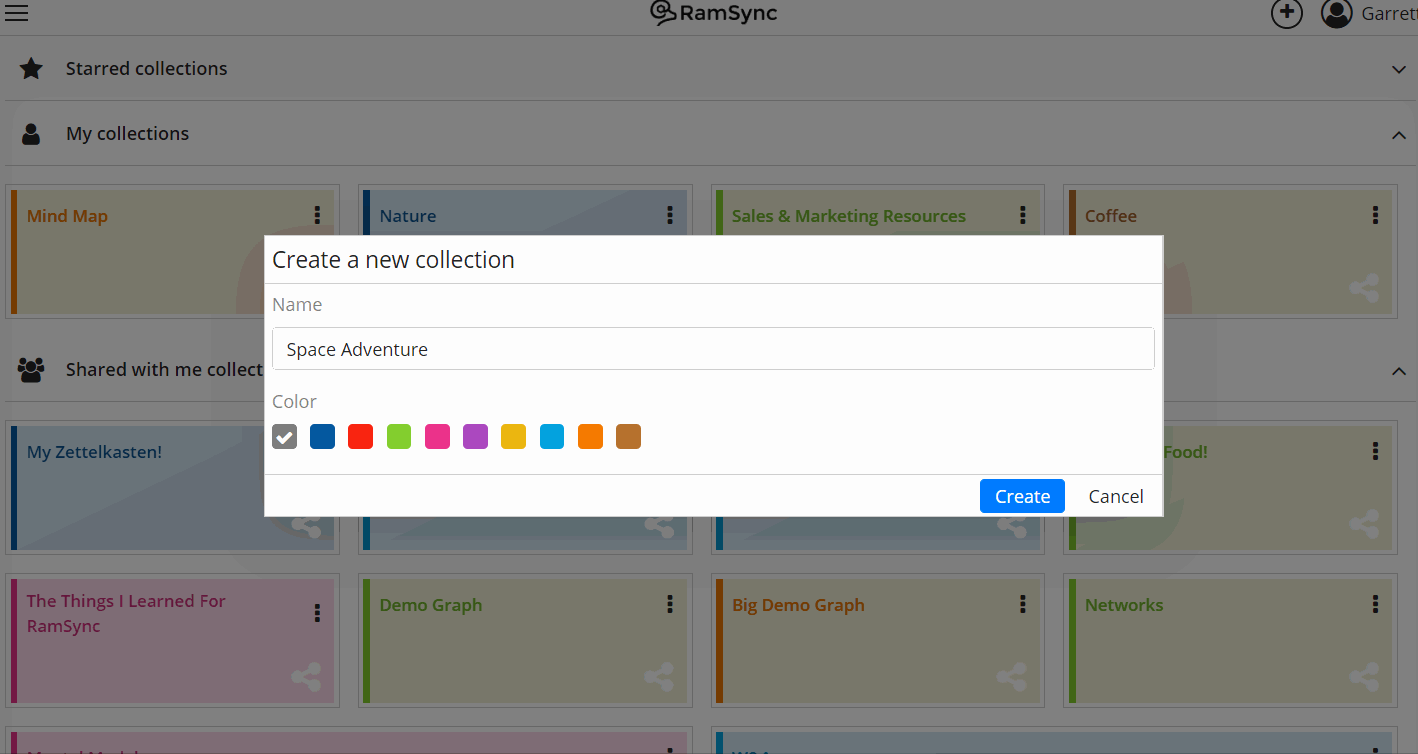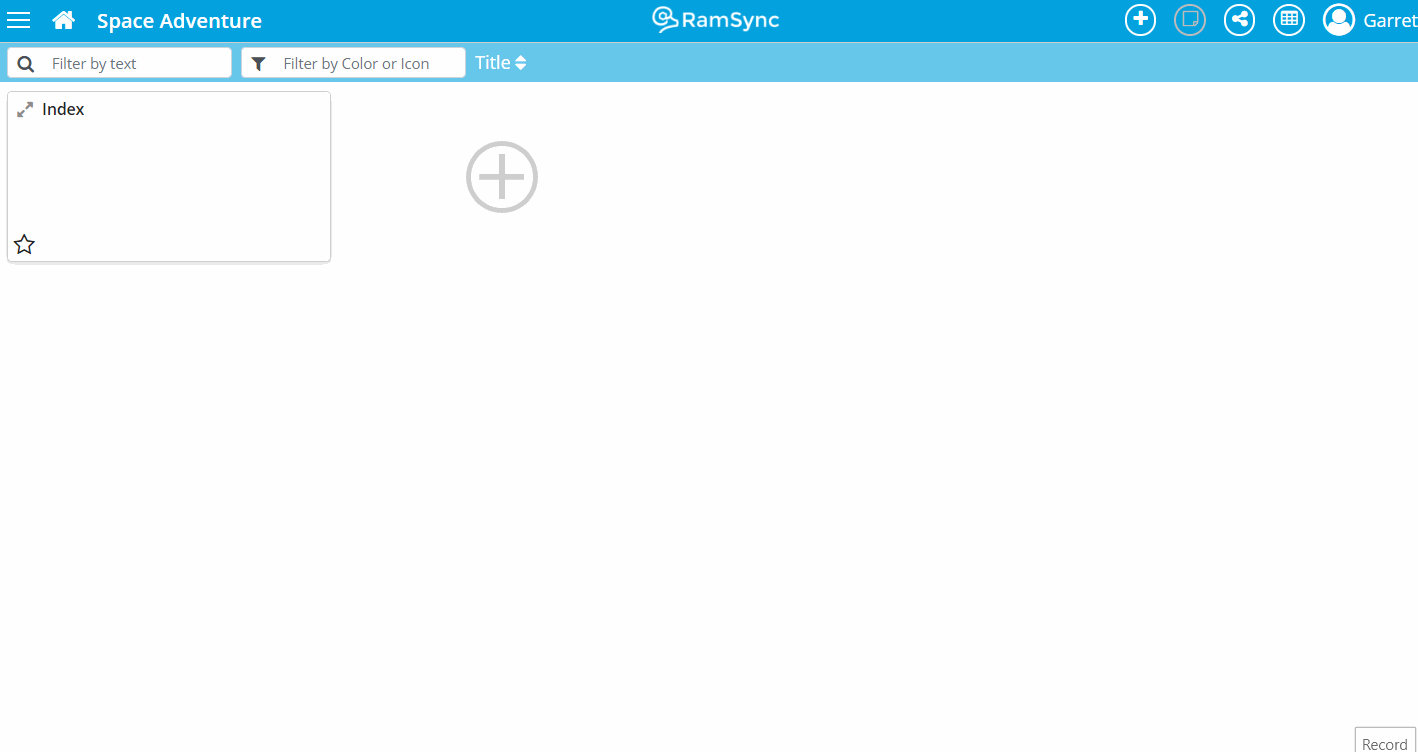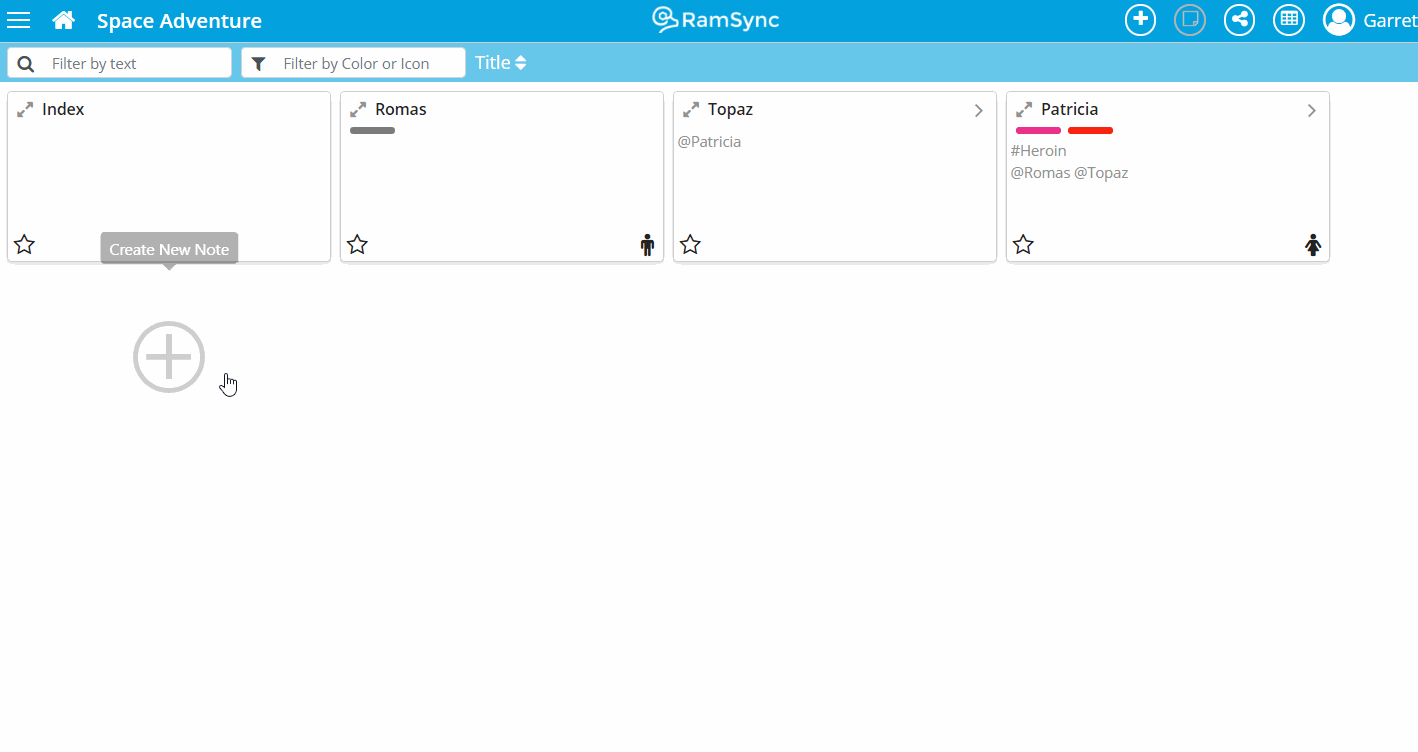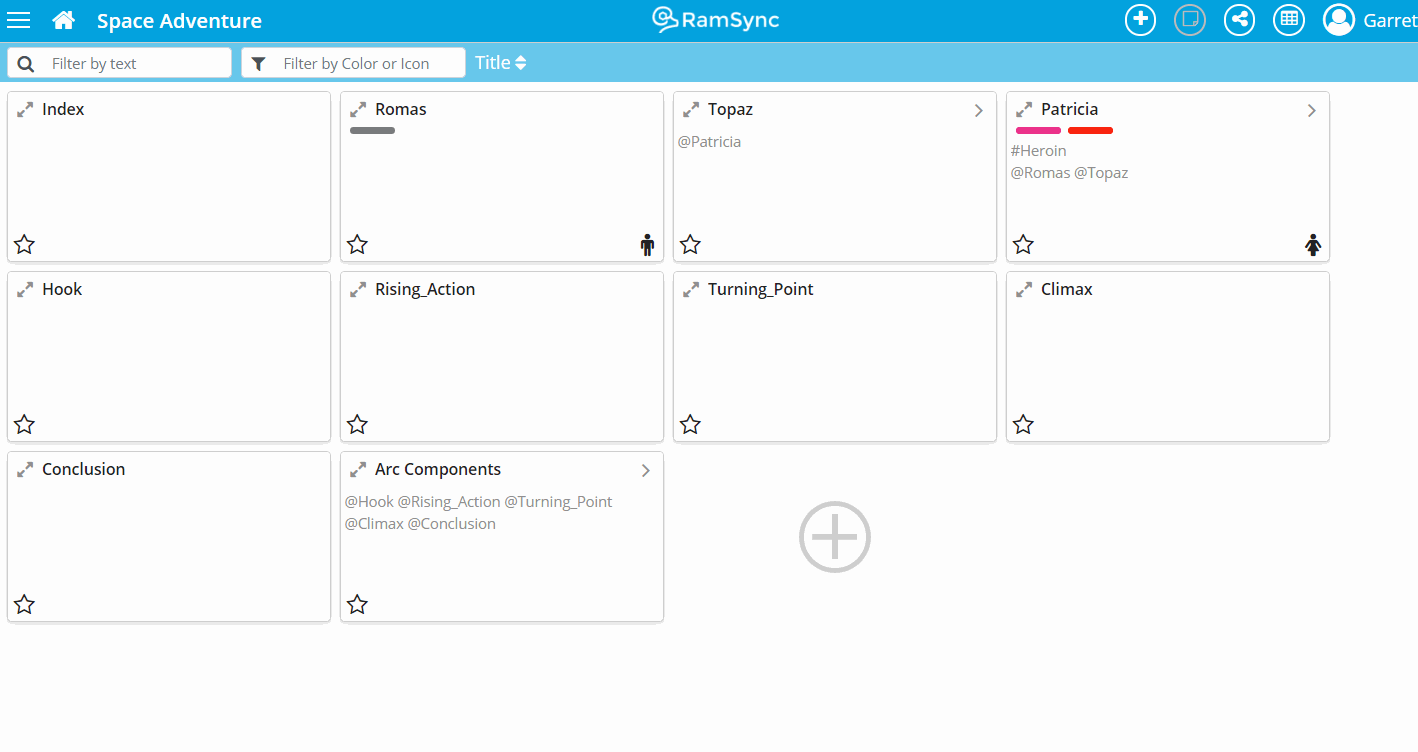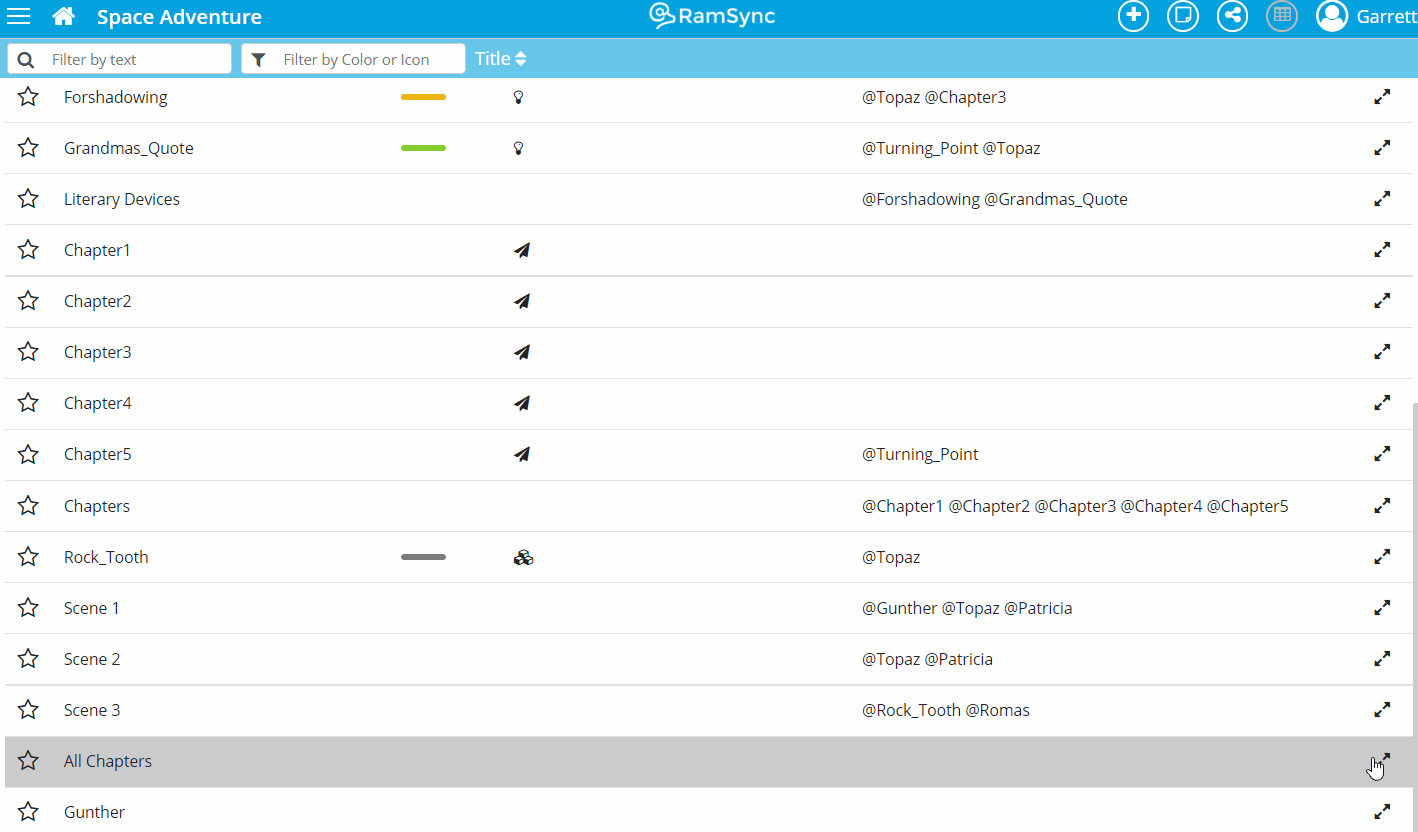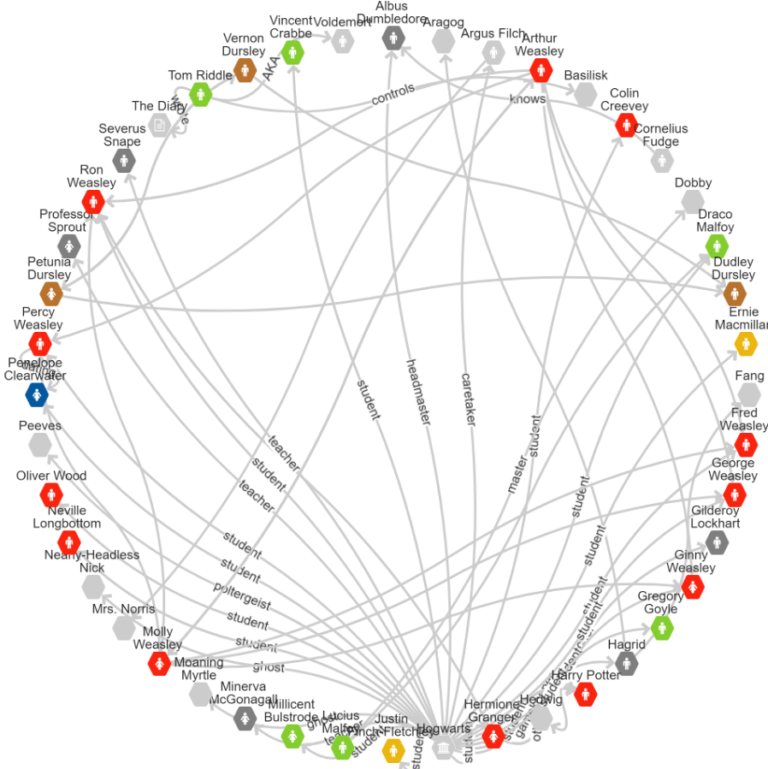Communication is the common thread that weaves ideas together, and writing is the needle that pulls the thread.
Or we could say, quality communication through writing is important, a skill that spans every field and industry. The key to quality communication is organization, keeping track of various points, counterpoints, and background research. This can be challenging to keep straight, so let’s talk about some better organizing structures for writing.
RamSync was built for all types of authors, from students, to researchers to fiction writers.

RamSync: The Writing Companion for Authors
Just as a sentence is made up of smaller components like subjects, predicates, and nouns; larger written works are made up of similar building blocks. We will take a look at how RamSync can help you organize these smaller building blocks.
RamSync gives authors unparalleled control of any sized sub-component of an article, story, or piece of research. With RamSync, ideas, topics, and scene components are easily built and visualized side-by-side while staying perfectly connected.
Some call this a digital Zettelkasten, a personal knowledge management system, or even their research database. For us at RamSync, it’s just another Tuesday of connections!
A Novel Deep Dive
In this post, we are going to focus on just one type of writing: fiction novels.
Novels present a perfect storm of complexity, intertwining background research with character development and an evolving story arc. A blank canvas opened up for your creativity. With all of these components, just beginning is often a daunting task. However, in spite of the complexity and potential for creativity, there are basic structures and building blocks which can guide you along the way.
We are going to apply those structural components to the creativity already buzzing around in our heads.
Fictional works often include:
- Antagonist/Protagonist
- Beginning/Hook/Exposition
- Inciting Incident
- Action
- Climax
- Resolution
Literary devices:
- Foreshadowing
- Chekhov’s gun
- Flashbacks
- Symbolism
- Hyperbole
- Analogy
Most story archetypes can be broken down into acts and scenes. Scenes generally have actions, reactions, and decisions (or hook, development, and climax). Acts are made up of one or more scenes in the same ‘scenery’. These components all build upon each other and often switch between one arc to another. This means authors have a lot of pieces to juggle and novel writing can get messy fast.
This is where RamSync comes in, allowing you to see all of the pieces at once. Since it is often easier to show than tell, let’s start writing a novel together! I’ve always had a soft spot for a good sci-fi adventure story, but your story can be about anything you like.
Setting Up
Let’s start with a new Collection, and add in an index Note to keep track of all our components.
(See the Professor’s Guide to Notes for the index table that was copied here)
We will create new Notes for each character, event, topic, scene, etc. We will then connect those Notes together, making it easy to assemble into our story. Check out the Quick Start guide to see how. Hint, RamSync uses standard @ to connect and # to tag!
Characters
Our story needs some spunky adventurers. Let’s create Patricia, a plucky space pilot. Then we add in Romas, the evil pirate of the seven star systems. Giving descriptive connections of how our characters are related helps us to visualize the big picture in graph view later.
Notice how RamSync automatically creates new Notes on the fly, adding in Romas while we are getting our thoughts out about Patricia. We can use this feature when writing about any component, characters, events, or dramatic twists.
Arc Components
How will we kick off our story? What will pull Patricia into the adventure, and what event will cause the adventure change from reactive to proactive?
These are tough decisions, so we are going to add placeholders for common arc components, and revisit the pieces later. This will give us time to decide if Patricia will have spaceship engine problems or massive solar flares as key inciting events. Placeholders can be made as notes and then later updated with a new title. Don’t worry, the new title updates in all the connected notes too.
Literary Devices
I like a touch of foreshadowing, although I’m not sure where to put it yet. I know I am going to weave in Patricia’s grandma’s favorite saying to help Patricia think of a solution to one of her problems later in the story. I’ll create a separate note for the saying and weave it into the perfect scene later.
There are a ton of literary devices, so have fun capturing them into RamSync notes when inspiration strikes!
Chapters
There is not really a right answer for how many chapters to have in a book, but they can be a great way to organize your story. I’ll aim for 3,000 words per chapter, and about 30 chapters for 90,000 total words. That’s about 350 pages. A nice estimate for a sci-fi book.
Assembling the Flow
Once we know which scene blocks, events, or other pieces we want incorporated into chapters we can easily embed them to compile each chapter.
The beauty of embedding is in how easy it is to assemble all the pieces of our story. We can also shuffle these blocks around, or reference them in multiple places as needed (such as Grandma’s Quote to access the mainframe). Embedding ensures edits always flow through to every location.
Tying it all Together
Now that we have our individual components built, we can add more connections to reveal how everything ties together. Connections build bridges between ideas, and place critical building blocks at our fingertips at each stage of writing and story architecting.
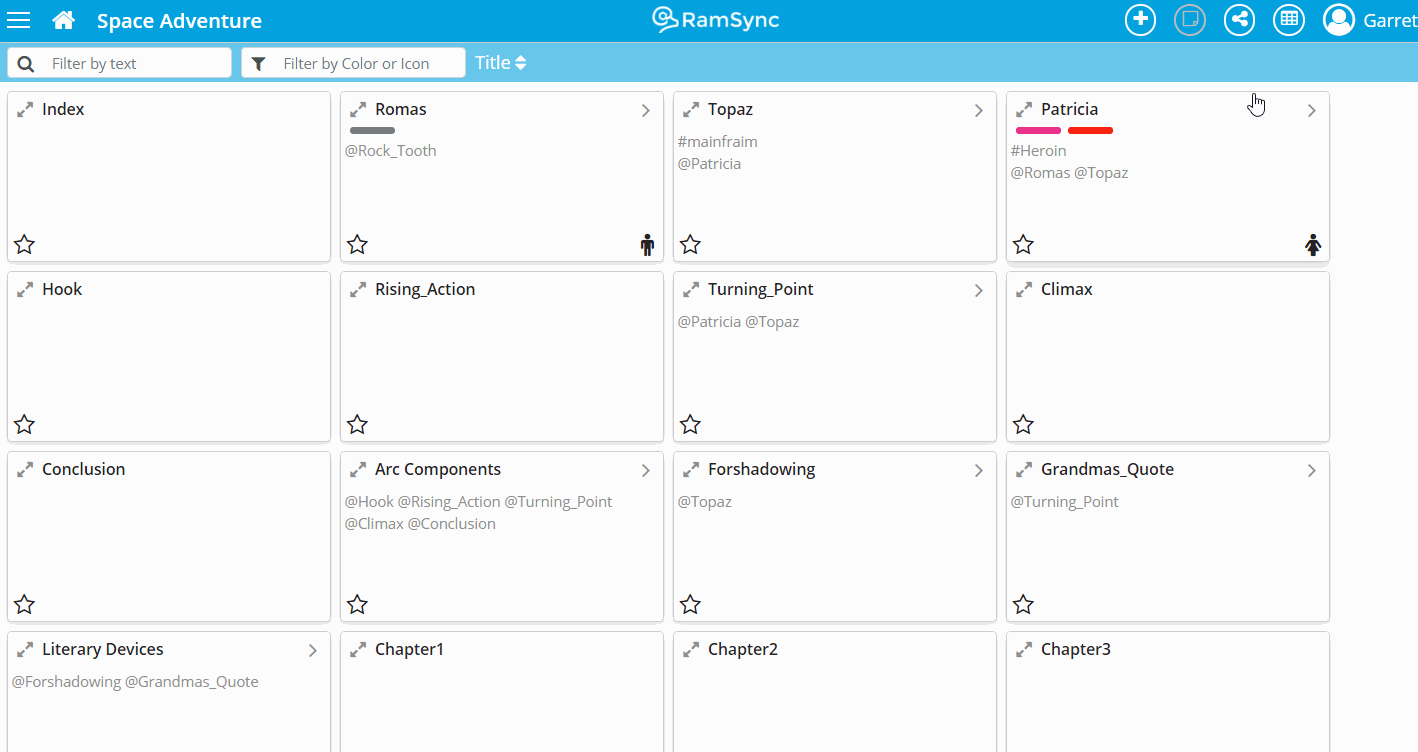
Embedded notes capture the contents and allow for easy assembly and referencing. When one note is updated, it’s automatically updated everywhere the note is embedded.
Never underestimate the Graph View. We can make connections between notes, visualize elements of our story, and sort and filter to gain new perspectives. The search and tag filtering can be very valuable as you look to see how different components (such as characters or events) are connected in a visual way.
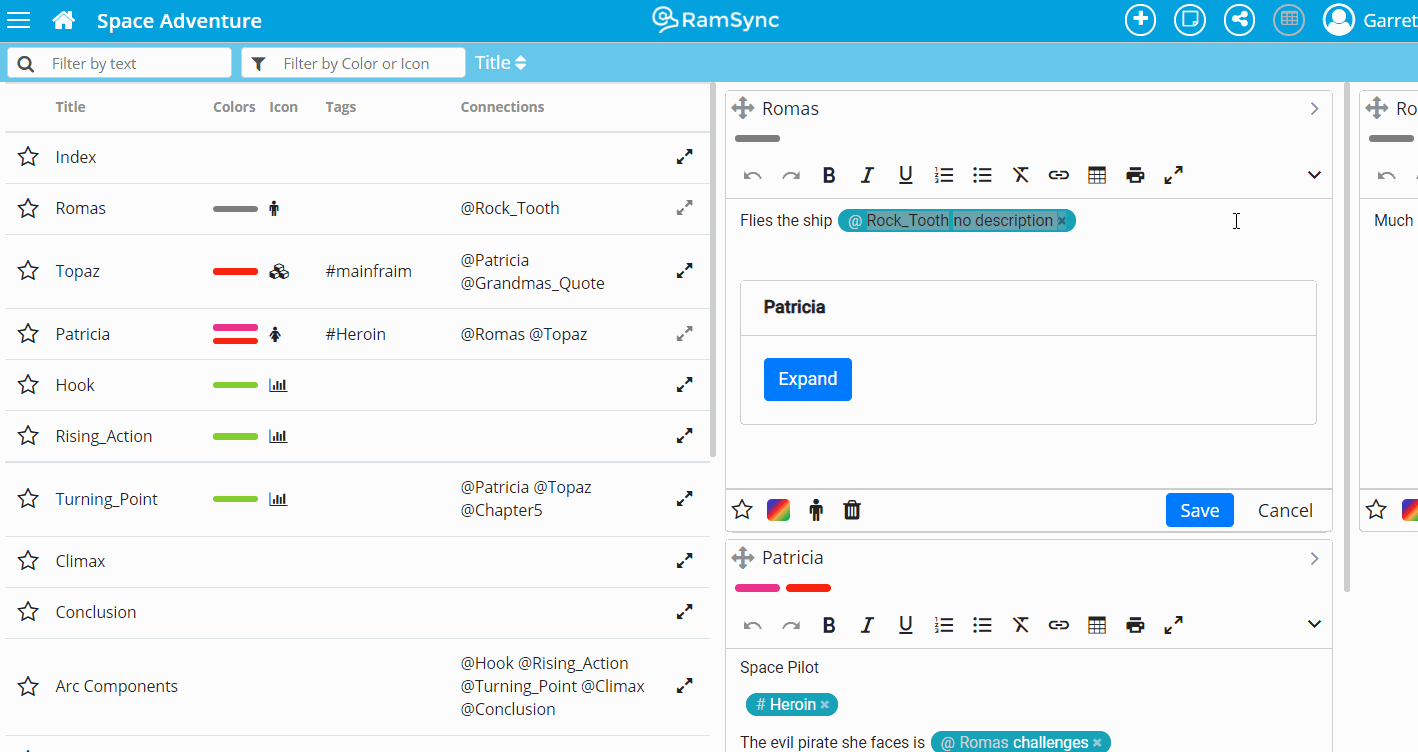
Finally, RamSync allows for rich text editing. Leverage your brain’s natural visual processing capabilities with colors, highlights, and even images! Because it is rich text, any notes easily copy over to Word or Google Docs for final review and publication.
So, if you are not using RamSync to organize your writing, why not start now? It’s time to let that story inside of you out into the world!


